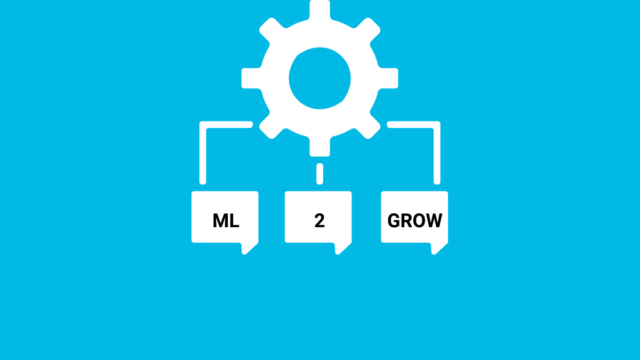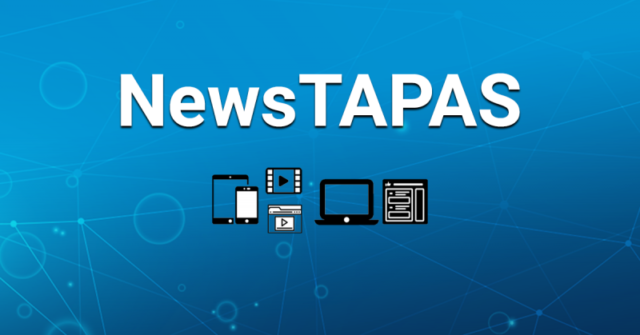Turn unstructured text into value with NLP
Natural language processing enables computers to understand human language. Computers can naturally process this data much faster than humans, so companies are now turning previously unused data into meaningful information. For instance, information can be automatically extracted from internal reports, service logs or case files and interpreted by computers.
Recent innovations in the field of NLP have allowed AI algorithms to understand the context in which words appear. This opens the door for computers to understand spoken and written language. We can see this in voice-controlled smart devices such as Amazon Alexa or Apple Siri. It is a remarkable achievement and creates the potential for more powerful search engines and information retrieval systems. It also allows you to add further automation to your administrative processes.
Imagine the revelations of all the massive amounts of unstructured text you gather in your organisation and from your stakeholders. It may hold the key to the best strategy for your organisation ever.

Information extraction
Information extraction helps you process large amounts of text and organise unstructured text into categories. It enables you to pull out pre-defined information from a text and can allow you to recognise and extract relevant keywords and features (such as product codes, colours and specifications) or named entities (such as the names of people, locations, or company’s names).
Our text extraction tools can also enable you to automatically find critical terms in legal documents, for instance, or identify the main words in customer support tickets. You can also use these accounting tools to classify or enter recurring invoices. Text extraction also offers a wealth of other possibilities, such as tracking news, reports and comments, and can be valuable for journalists and financial traders.
Summarisation
Machines can consistently and rapidly analyse more language-based data than humans and do not need to stop for a break.
Summarisation allows you to:
- Identify the most relevant information and shorten texts
- Turn unstructured text into useable data
- Process all kinds of texts, including social media comments, online reviews and even financial, medical and legal documents

Document classification
Document classification lets you organize unstructured text into categories. It works by applying tags to documents from a predefined list and simplifies the organization and maintenance of documents and data.
It is an excellent way to analyze large amounts of information. For instance, if you have open-ended feedback forms, you can find out how many responses mention your customer support and what percentage of visitors talk about pricing.
Benefits
- Accelerated workflows at lower costs. Improve the customer experience and throughput rate of your classification-heavy processes without increasing costs.
- Compliance. Quickly and comprehensively scan documents for any sensitive information. Once identified, the software can even redact the information.
- Discovery. Automate the process of grouping documents and use this information to process an entire volume of documents to support legal or compliance needs.
- Migration. Take collections of documents and easily organize, extract, and apply critical metadata to simplify and organize documents into a content management system.
- Reduce ROT (Redundancy, Obsolete, Trivial). Identify duplicate documents and documents that don’t need to be preserved and easily remove them.
Related
-

A crash course into Natural Language Processing
-

Belgian Data Protection Authority – Intelligent Chatbot
-

AI system ensures faster handling of emergency calls
-

Optimizing newsroom workflows – Trendify
-

NewsTapas: recommender engine for news providers
-

4 NLP libraries that are awesome
-

5 NLP applications to power your business